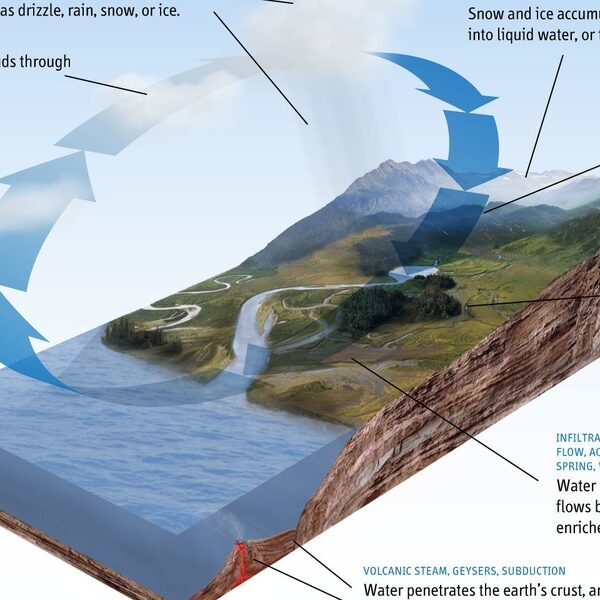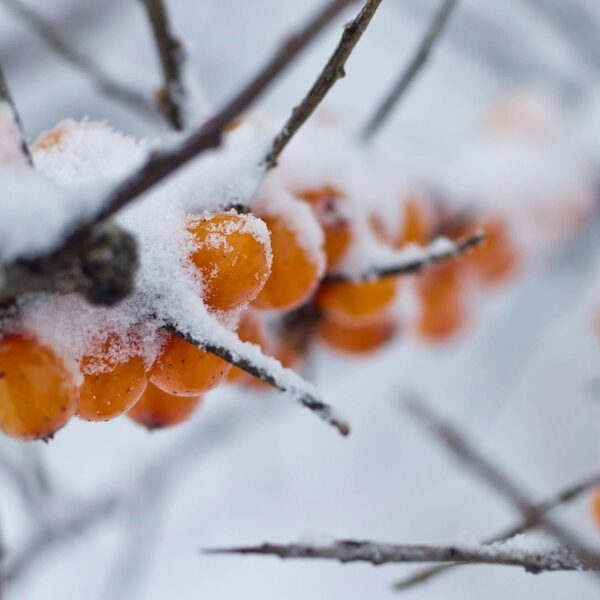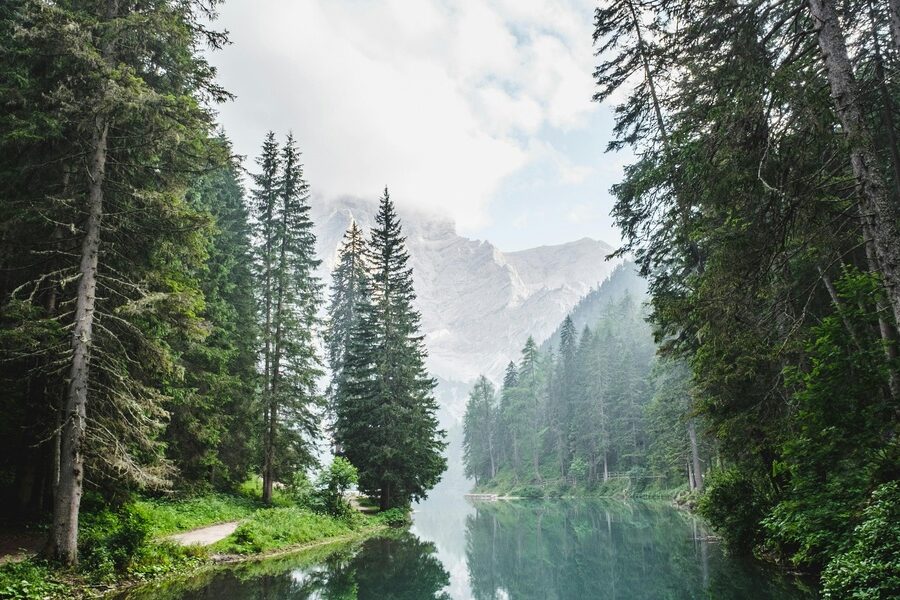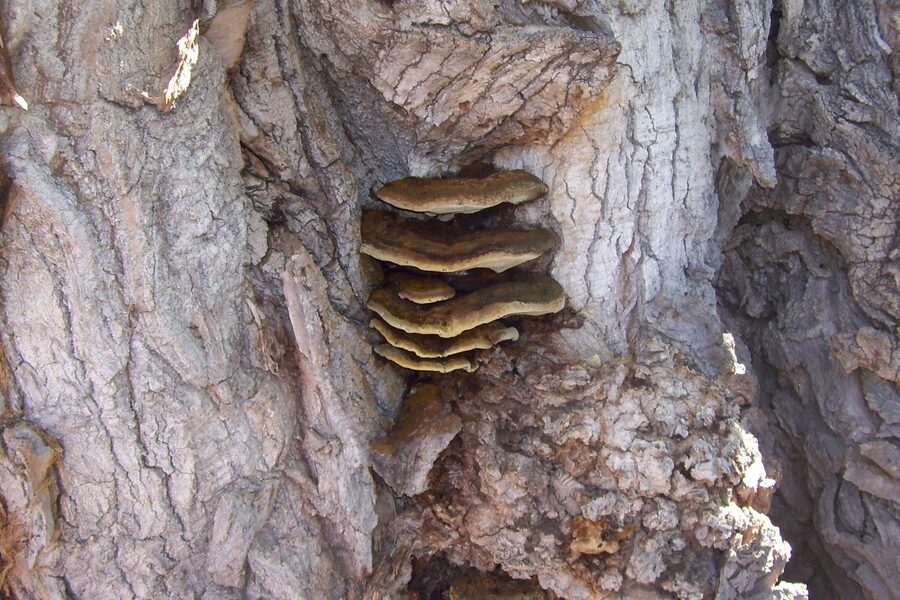The world’s taiga, or boreal forest, spans roughly 11% of Earth’s land surface and hosts species that survive winters that can plunge below −50°C in parts of Siberia. That staggering range of cold and snow shapes animals in predictable ways: anatomy, behavior and life history all bend toward conserving heat, finding scarce food, and squeezing growth into brief summers. These adaptations matter because healthy taiga wildlife keeps forests balanced, bolsters climate resilience (through nutrient and carbon cycling), and offers lessons for conservation and even biomimicry in cold‑weather design.
In what follows I group ten key traits into four categories—physical adaptations, behavioral strategies, reproductive and life‑cycle responses, and ecological roles—and give concrete examples from snowshoe hares to Siberian tigers. Understanding these traits helps explain how species persist in extreme conditions and why protecting their habitats is urgent as the climate changes.
Physical Adaptations
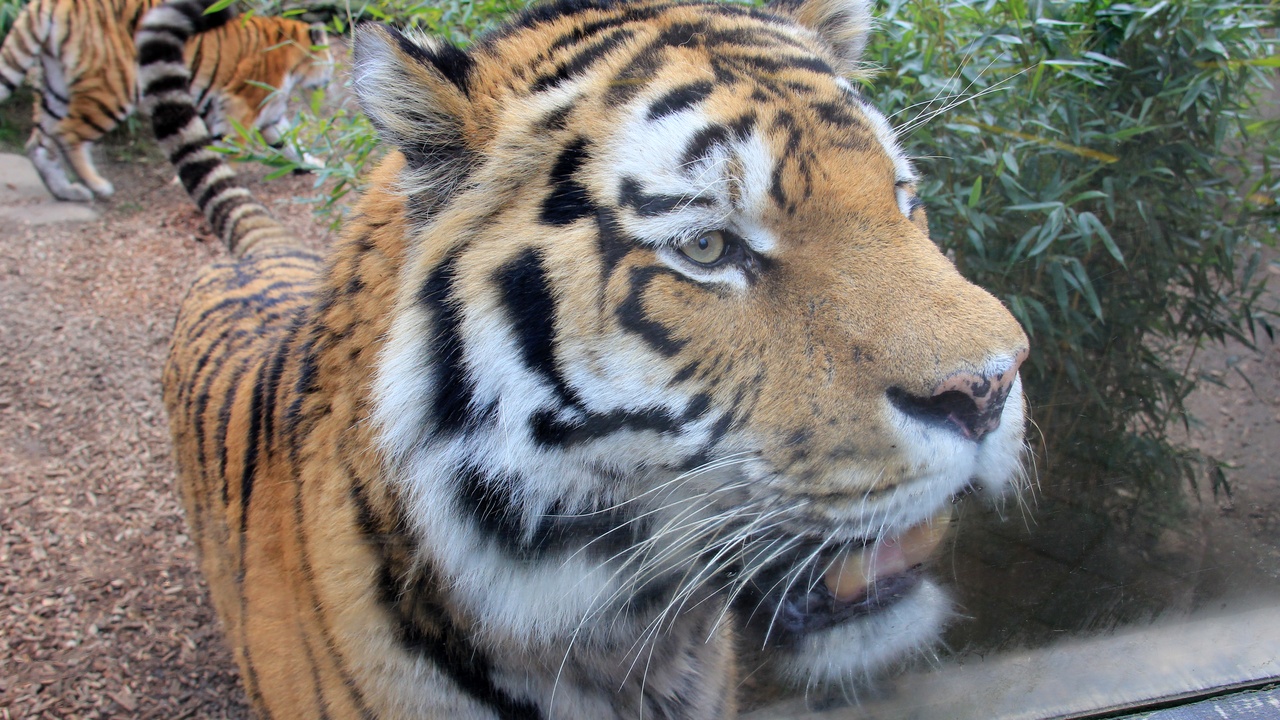
Anatomy is the first line of defense against months of cold and a growing season that can be only 6–8 months at high latitudes. Morphology reduces heat loss, enables movement across snow and ice, and stores energy for lean times. Typical adaptations include dense underfur or plumage, limb and foot specializations for walking on deep snow, and body shapes that follow Bergmann’s rule—larger animals conserve heat better. These traits evolved under average winter lows (often well below −30°C, and in places down to −50°C) and trade off thermoregulation with mobility and foraging efficiency.
1. Thick insulating fur and dense plumage
Many taiga mammals and birds have an insulating layer that traps still air close to the skin, cutting conductive and convective heat loss. For instance, the snowshoe hare molts twice a year and gains a denser winter coat timed to shortening day length; Arctic foxes show marked increases in fur density and undercoat volume in winter.
Molt timing is often tightly cued: some species replace pelage within a few weeks each season. Designers of cold‑weather clothing borrow the same principle—light, fluffy insulating layers with a wind‑resistant outer shell—to combine warmth and mobility.
2. Countercurrent heat exchange and circulatory tricks
Countercurrent heat exchange—arteries running close to veins—lets limbs lose minimal core heat while still functioning. Studies show extremity tissues can remain tens of degrees warmer than surrounding air; in caribou and some birds, foot temperatures are often 20–30°C above ambient thanks to vascular arrangements and insulating tissues.
Those circulatory tricks let hooves and toes stay flexible at −40°C without freezing, and engineers use similar principles in heat‑exchanger design and surgical cooling techniques.
3. Fat reserves, compact bodies, and Bergmann’s rule
Many taiga animals bulk up before winter. Brown bears, for example, can gain roughly 30–40% of their body mass before denning, storing both energy and insulation. Compact body shapes and proportionally smaller extremities also reduce surface area relative to volume, improving heat retention in line with Bergmann’s rule.
For managers, knowing seasonal fattening schedules matters: food availability and hunting seasons affect survival and reproduction. Large-bodied browsers like moose maintain thermal efficiency through sheer mass, while small mammals balance fat stores with the risks of predation and starvation.
Behavioral Strategies
Behavior often complements anatomy: animals shift where and when they move, store food, and change social habits to save energy. Some caribou travel up to ~5,000 km a year to match seasonal resources, while small mammals use burrows and communal roosts to ride out the cold. Timing and movement patterns are as important as morphology for surviving long winters.
4. Long-distance migration and seasonal movement
Migration links taiga breeding grounds with distant wintering areas and times populations to resource peaks. Caribou herds may migrate roughly 3,000–5,000 km annually, following vegetation green‑ups and avoiding deep snowpack. Many songbirds travel thousands of kilometers between boreal breeding sites and southern wintering grounds.
Protecting migration corridors is a conservation priority because roads, pipelines and development can sever those routes and reduce access to critical feeding areas during key seasons.
5. Huddling, communal roosting, and microhabitat selection
Social behaviors reduce per‑capita heat loss. Communal roosting in birds and huddling by small mammals can cut individual energy expenditure substantially; some studies estimate notable percentage savings in thermoregulatory costs when animals share body heat.
Animals also choose sheltered microhabitats—windbreaks, south‑facing slopes, or insulated burrows—to lower exposure. Lemming burrow networks and red squirrel nests are small but effective strategies that boost winter survival.
6. Food caching and specialized foraging tactics
Caching buffers scarce months. Red squirrels create middens and stash cone scales by the thousands, while corvids and nutcrackers carry seeds long distances. Some caches remain viable into spring and help individuals survive deep winter shortages.
Specialized foraging tactics—prying bark for insects, digging through snow, or timing activity to warm parts of the day—reduce energy costs. Caching also influences forest regeneration when forgotten seeds germinate and spread conifers across the landscape.
Reproductive and Life‑Cycle Strategies

Short summers force tight schedules for breeding and growth. These are among the key characteristics of taiga animals: seasonal breeding timed to insect and plant pulses, synchronized births that can swamp predators, and very rapid juvenile growth so offspring reach critical size before winter returns. The timing of these events matters for population dynamics and is sensitive to climate shifts.
7. Seasonal breeding and synchronized births
Many species time reproduction so young arrive during food peaks. Ground‑nesting birds and mammals often have narrow windows—sometimes only a few weeks—when insect emergence and plant growth supply the calories needed for raising young.
Synchronized births reduce individual predation risk by overwhelming predators for a short time. The classic snowshoe hare cycle (roughly a 10‑year rhythm) drives lynx numbers and shows how timing and population dynamics link across trophic levels.
8. Rapid juvenile growth and high seasonal productivity
Juveniles race to grow during the brief summer. Many songbird chicks fledge in 10–14 days under productive conditions, and moose calves gain a large share of their first‑year mass in the summer months. High growth rates are essential to reach sizes that reduce predation and endure the next winter.
Because growth is compressed, any drop in summer food availability—due to habitat loss or phenological mismatch—can sharply increase juvenile mortality and reduce population resilience.
Ecological Roles and Interactions
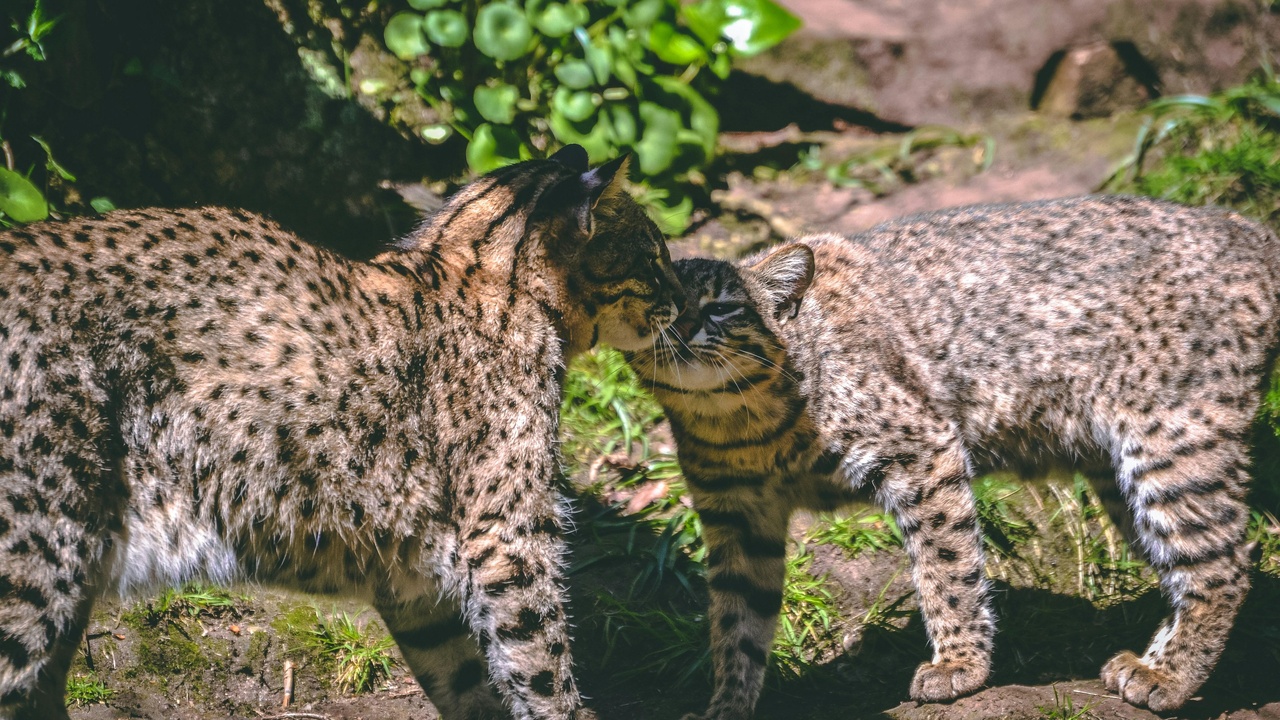
Animal traits shape entire communities in the taiga. Seasonal camouflage and predator–prey arms races, ecosystem engineers that alter hydrology, and animal‑driven seed dispersal and nutrient cycling all stem from adaptations to harsh climates. Those interactions determine forest composition, wetland extent, and even local carbon dynamics.
9. Camouflage, seasonal color change, and predator–prey dynamics
Changing coat or plumage colors help prey blend into snow and the darker summers. Snowshoe hares and willow ptarmigan molt seasonally; timing is often cued by day length. Recent studies show that reduced snow cover increases mismatch and can raise predation rates by measurable percentages in some populations.
Because molt timing is genetically and environmentally driven, monitoring color change is a practical indicator of climate impacts on species interactions.
10. Keystone roles, ecosystem engineering, and nutrient cycling
Some taiga species have outsized effects. Beavers build ponds that expand aquatic habitat, raising local biodiversity and changing sediment and nutrient flows. Reintroducing beavers in certain restoration projects has increased wetland area and improved carbon sequestration locally.
Large herbivores like moose and deer alter tree recruitment through browsing, shaping succession and affecting forest carbon balance. Together, engineers and herbivores create habitat heterogeneity that supports a wider range of species than a uniform forest would.
Summary
- Anatomy, from thick fur to countercurrent vessels, minimizes heat loss and keeps extremities functional in extreme cold.
- Behaviors—long migrations up to ~5,000 km, huddling, and food caching—complement physical traits and spread risk across seasons.
- Short summers drive synchronized breeding and very rapid juvenile growth (think snowshoe hare cycles and ptarmigan hatch windows), making phenology a conservation priority.
- Some species act as ecosystem engineers—beavers create wetlands, and large herbivores shape forest composition—so protecting animals protects habitats and carbon dynamics.
- Studying these characteristics of taiga animals helps us prioritize corridors, monitor phenological mismatch, and plan restoration; as climate shifts, active conservation and long‑term monitoring will be key to keeping boreal ecosystems resilient.

